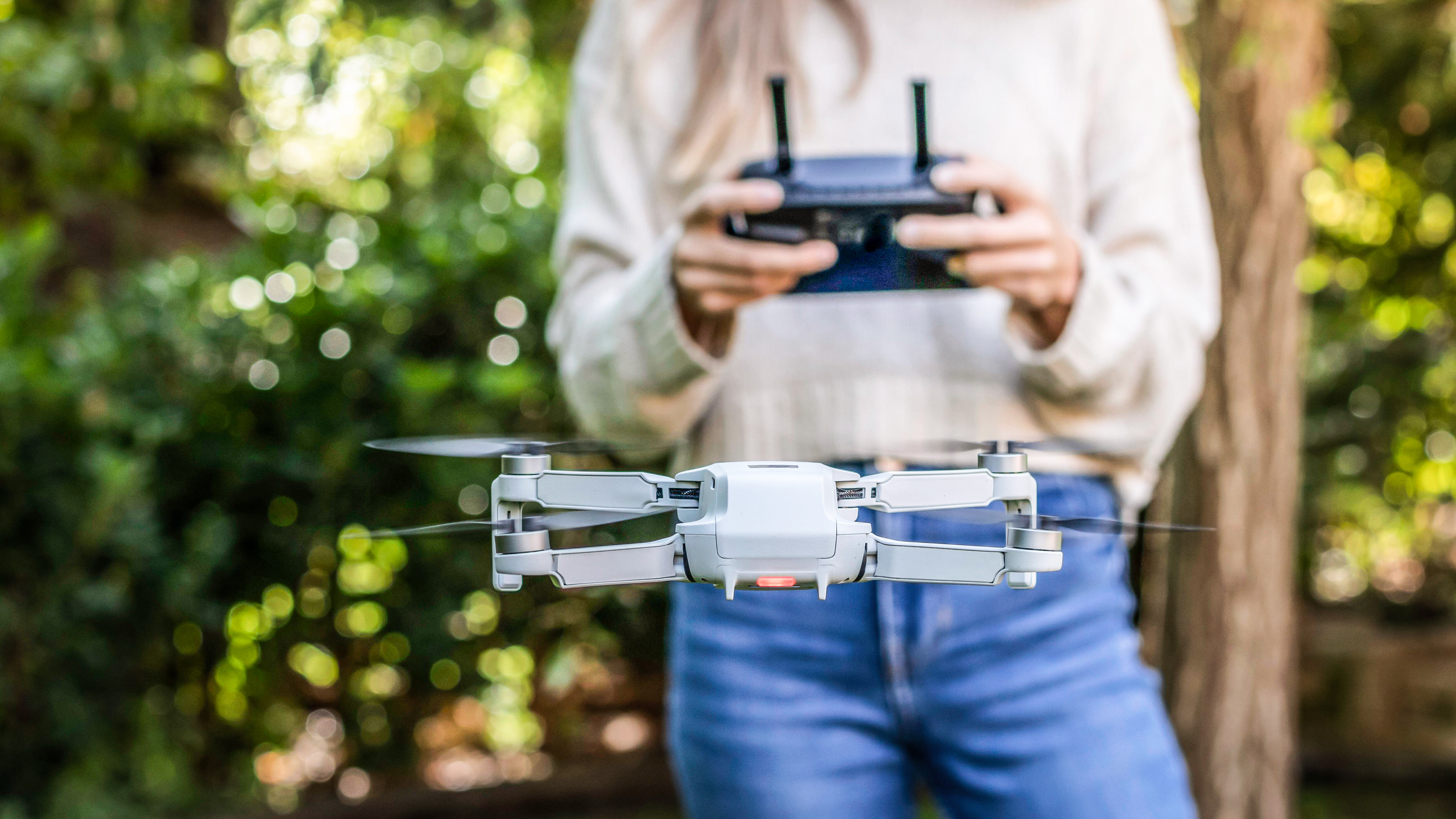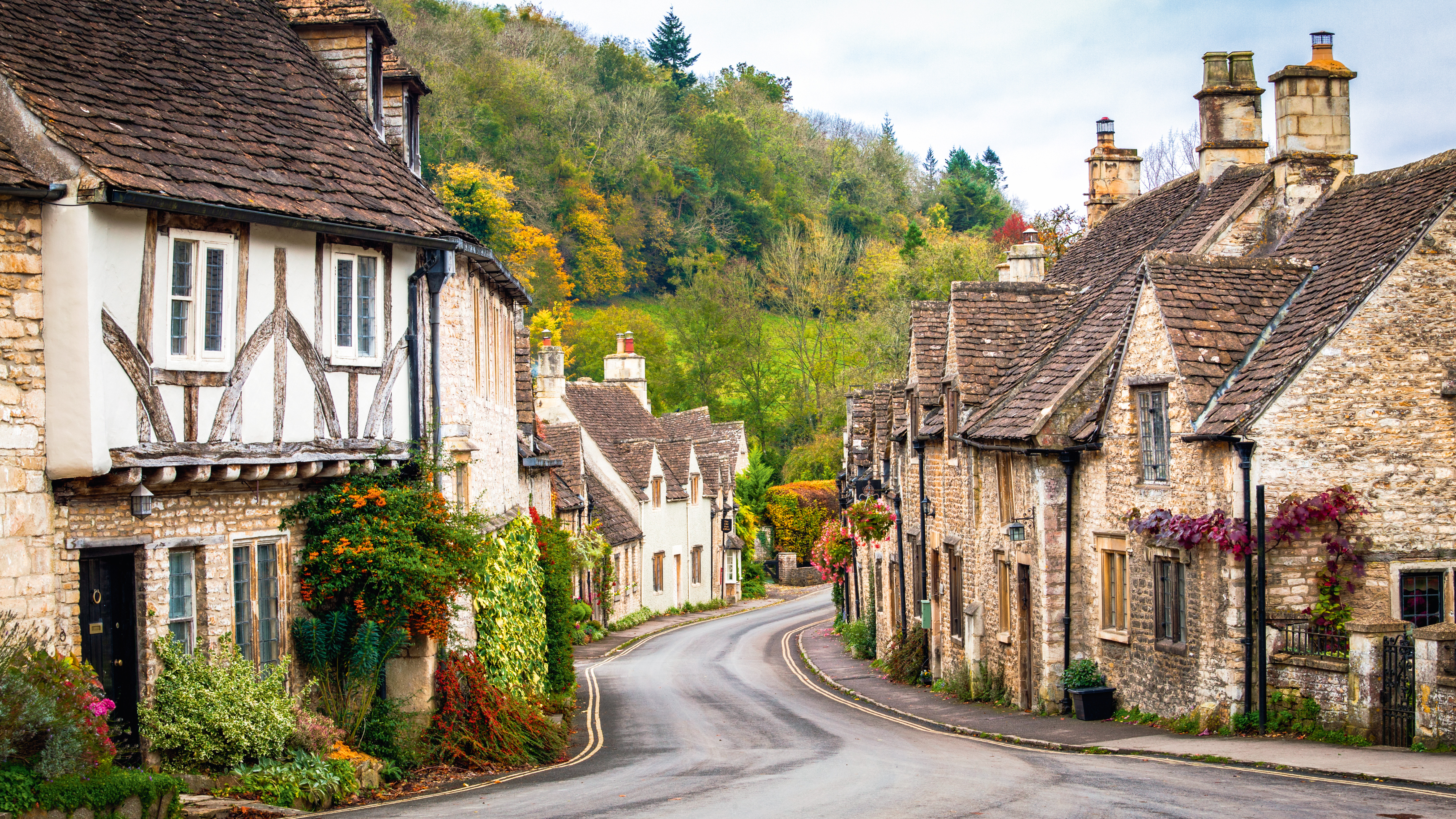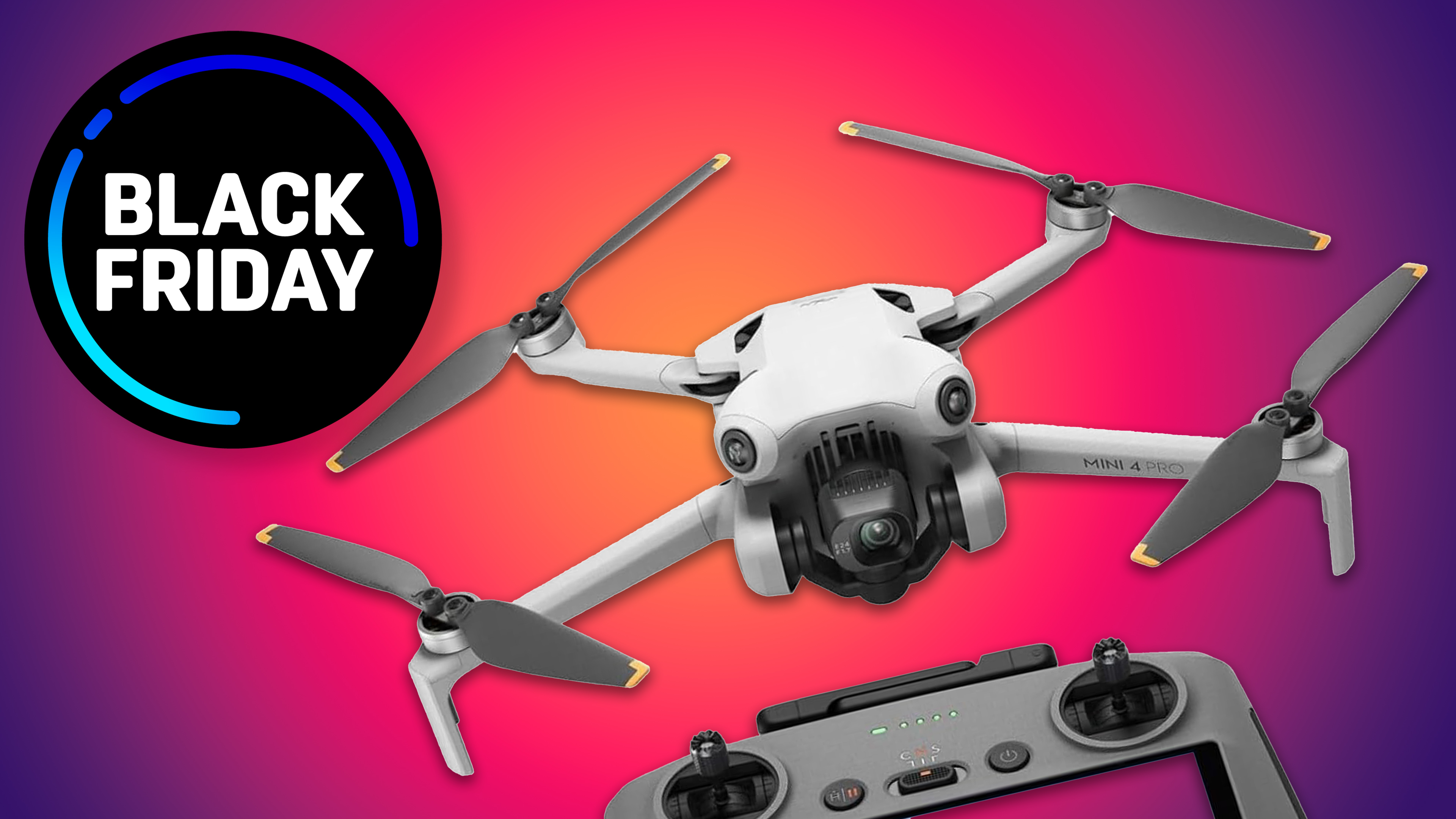
Here we go again. Another moral panic, another technology getting crucified because a handful of morons can't read the manual.
The residents of an English village are up in arms about drones, and frankly, I don't blame them. Nobody wants a mechanical buzzing gnat peering through their bathroom window while they're trying to have a peaceful soak.
But what's happening in Castle Combe in the Cotswolds isn't really about drones. It's about what happens when society decides to throw the baby out with the bathwater, rather than deal with the actual problem.
Photography vs voyeurism
The story emerging from what's known as the "prettiest village in England" is depressingly familiar. Tourists are flying drones too close to buildings, too close to people, and losing line of sight; three fundamental violations of Civil Aviation Authority (CAA) rules that any competent drone user should know.
One resident was filmed in his bath. Children were recorded playing in their garden. When confronted, some pilots responded with verbal abuse. This isn't drone photography; it's voyeurism with rotors.
However, instead of actually enforcing the rules that already exist, we're heading straight for the nuclear option. "No drone zone” signs have been posted across the village, and these aren't just requests for common courtesy. They're the first shots in what I suspect will become a wider war against drone cameras.
Sledgehammer approach
I have a sinking feeling that within the next two years, we'll see blanket drone bans spreading across tourist hotspots like a rash. Local councils, faced with angry residents and lacking the resources or inclination to actually police existing regulations, will take the easy route. No drones. Problem solved. Except it won't be solved at all – it'll just be displaced, and we'll all pay the price.
The best camera deals, reviews, product advice, and unmissable photography news, direct to your inbox!
Just to be clear, the CAA rules aren't suggestions; they're legal requirements. These aren't arcane regulations buried in legal text; they're common sense guidelines that any halfway decent human being should follow instinctively. The problem isn't the rules; it's the enforcement.
But enforcement requires effort, resources, and nuance. It's much easier to slap up a sign saying "no drones" and call it a day. And depressingly, it feels like that's how we do things as a society now. We don't solve problems; we ban them.
What we'll lose
Drone photography has revolutionized how we capture and share our world. The ability to document landscapes and architecture from perspectives that were once the exclusive domain of helicopter pilots with Hollywood budgets? All of that's about to disappear from our most beautiful locations.
The irony is that the people who'll suffer most aren't the idiots causing the problems – they'll just ignore the signs anyway. But commercial photographers will lose work. Tourism boards will lose a powerful promotional tool. Future generations of photographers will be denied the chance to develop skills that have become fundamental to modern visual storytelling.
Enforcement of existing rules, combined with better education about responsible drone use, could have prevented this mess. Instead, we're about to criminalise an entire medium because we're seemingly unwilling or unable to prosecute the actual criminals.
Check out our guide to drone rules and regulations, and see our rundown of the best camera drones around right now
Tom May is a freelance writer and editor specializing in art, photography, design and travel. He has been editor of Professional Photography magazine, associate editor at Creative Bloq, and deputy editor at net magazine. He has also worked for a wide range of mainstream titles including The Sun, Radio Times, NME, T3, Heat, Company and Bella.
You must confirm your public display name before commenting
Please logout and then login again, you will then be prompted to enter your display name.


